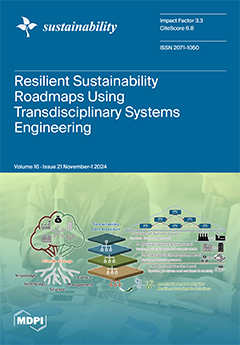The targeting of suitable mixed grass species and seeding rates of native grass seed in the process of ecological restoration in alpine mining areas is unclear. Four kinds of native grass seed (
Poa pratensis cv. Qinghai,
Poa crymophila cv. Qinghai,
Puccinellia tenuiflora cv. Tongde and
Pedicularis kansuensis) were selected as experimental materials to set up mixed sowing tests in the Muli mining area, which were analyzed for changes in plant coverage, biomass, forage nutrient composition, and soil physicochemical properties under different mixed grass species and seeding rates, aiming to provide a data reference and theoretical basis for the screening of suitable mixed grass species and seeding rates for artificial grassland planting in alpine mining areas. The results showed that the mixed grass species and seeding rate (HF) of
Poa pratensis cv. Qinghai +
Poa crymophila cv. Qinghai +
Puccinellia tenuiflora cv. Tongde +
Pedicularis kansuensis had the highest vegetation coverage (97.33%). At the same time, the aboveground biomass of HF was the largest (356.27 g·m
−2). The soil organic matter, total nitrogen, total phosphorus, and total potassium of HF increased by 37.05%, 28.11%, 34.68%, and 10.14%, respectively, compared with CK, and the difference was significant (
p < 0.05). Principal component analysis was carried out on 23 indexes of vegetation and soil. It was found that nine indexes, including coverage, aboveground biomass, belowground biomass, soluble sugar, and soil organic matter content, were the key indexes of evaluation. By sorting the membership functions of the above indicators, it was found that among the 12 mixed grass species and seeding rates, the comprehensive evaluation value of HF was the highest (0.848). In summary, it is recommended that the mixed grass species and seeding rate of
Poa pratensis cv Qinghai +
Poa crymophila cv. Qinghai +
Puccinellia tenuiflora cv. Tongde +
Pedicularis kansuensis be adopted for ecological restoration in alpine mining areas; this mixed grass species and seeding rate can effectively promote plant growth and development and improve the physicochemical properties of the soil, which can improve the stability and sustainability of the artificial grassland in the alpine mining area.
Full article





